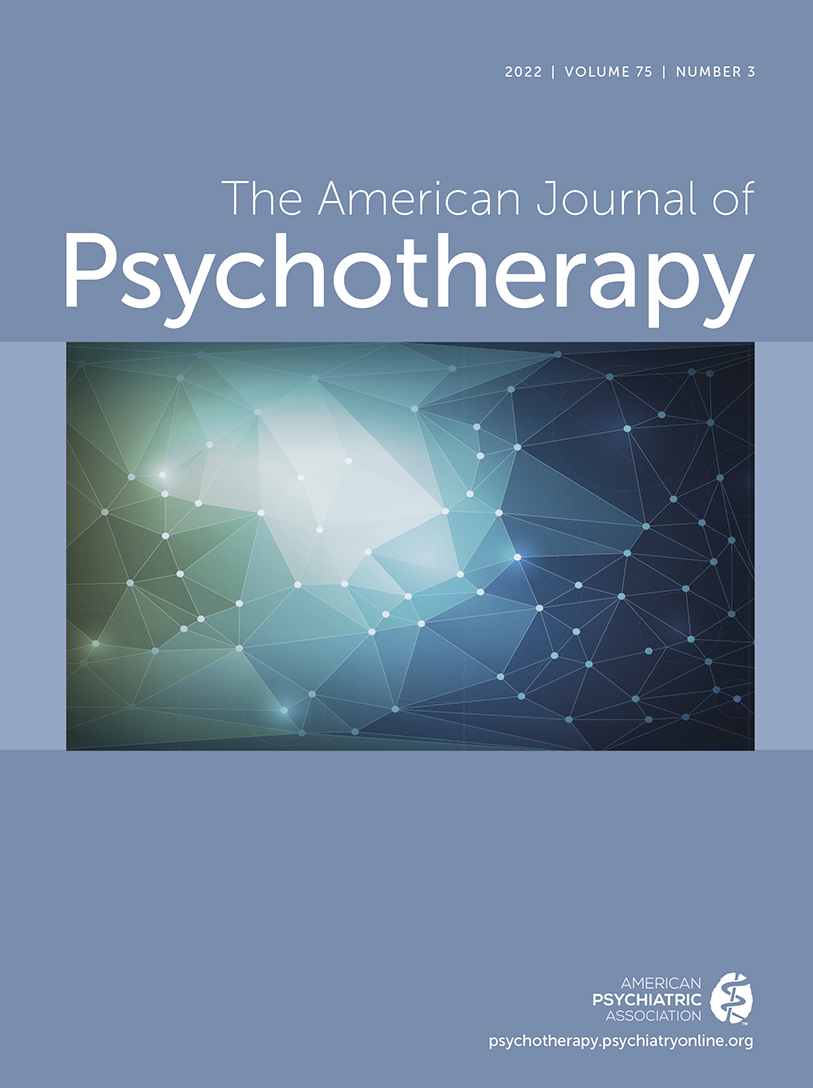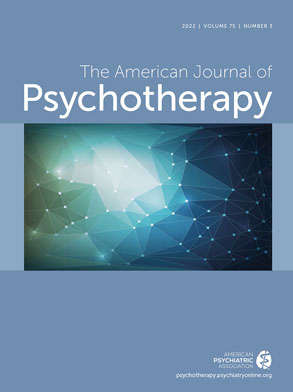edited by Abby Hershler, Lesley Hughes, Patricia Nguyen, Shelley Wall; University Park, Pennsylvania, Pennsylvania State University Press, 2021, 96 pages
Looking at Trauma: A Tool Kit for Clinicians is an enjoyable, educational read that does, indeed, come packed with “tools” (e.g., worksheets) that trauma therapy clinicians can use with clients in their daily practice.
The book begins with a lengthy preface and introduction, including an explanation of how the medical illustrator, Patricia Nguyen, was involved in the creative process of content development. Ms. Nguyen created a character that appears in graphic art in order to demonstrate and explain take-home concepts in each chapter (it was interesting to learn that the use of graphic narratives in health care has a name: “graphic medicine”). Great care was taken to create a character that would be received without judgment. The human form of the character is designed to be “nontriggering” while adding dimension to the concepts being explained. The illustrator even provides a graphic narrative to demonstrate the constructive exchange of ideas that took place between herself and the editors to create the desired character and accompanying artwork. She writes that during the design process, she tried to imagine herself explaining concepts to a friend—a feeling that comes through in the care and detail of the finished graphic narrative.
Following the introduction, the first chapter, “Care for the Care Provider,” recognizes the impact of vicarious trauma and provides suggestions for maintaining personal well-being. It is gratifying to see this important issue positioned prominently in chapter 1; in the past, provider well-being would have been most often discussed in a footnote at the end of the book or not mentioned at all. This topic flows nicely into chapter 2, which discusses self-care from the client perspective. However, at certain points, the order of the chapters feels disjointed. For example, the concept of the “window of tolerance” is first mentioned in chapter 1 but is not discussed until chapter 4.
Looking at Trauma comprises 12 chapters. Each chapter highlights the basic points of an important concept of trauma therapy and provides suggestions on how to best approach the concept with clients in an individual or group setting. The chapters are brief, so readers looking for a deep dive into a specific subject will want to use the references cited in each of the chapters for further reading. However, the brevity of this book is also useful in that it provides a quick-reference guide that clinicians can consult as needed before or during a therapy session.
Each chapter also contains its own set of illustrations and client worksheets. These illustrations are offered in lieu of the traditional therapist and client script that is included in many other therapy texts. They are a great addition for visual learners and break down concepts that can be difficult to describe in words. Health care professionals are often expected to teach students and clients, even though they usually do not receive formal instruction on being an educator. The worksheets and illustrations are excellent guides to help clinicians provide simple, clear psychoeducation to students and clients about the nature of trauma and the brain. As the authors point out, psychoeducation alone often serves a therapeutic purpose and lessens clients’ experience of shame as they gain understanding about their thoughts, feelings, and actions in relation to trauma. Clients who may be anxious or reluctant to engage in therapy conceivably could go through these worksheets with a trusted therapist as a guide. The worksheets could also provide useful information to clients outside the office setting.
The creators of Looking at Trauma: A Tool Kit for Clinicians achieved their goal of presenting “narratives that are accessible and relatable.” This book would be well suited to a clinician looking for a text that both focuses on how to introduce therapeutic concepts and provides interactive psychoeducation resources.

